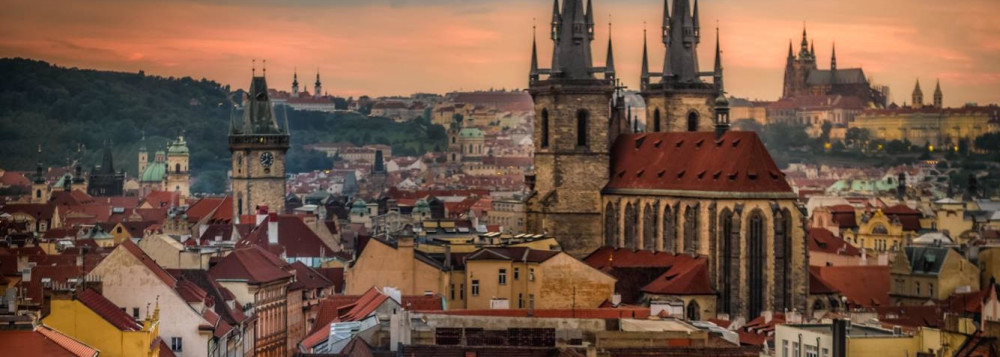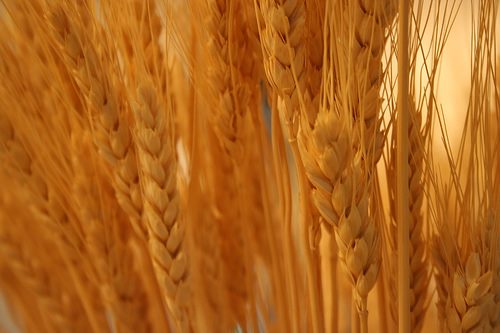August 1 is Lammas Day (Anglo-Saxon hlaf-mas, “loaf-mass”), the festival of the wheat harvest, and was considered the first day of autumn in the traditional calendar of the pre-modern West (much as Labor Day is the beginning of autumn in the culture of the modern United States). On this day it was customary to bring to church a loaf made from the new crop, which began to be harvested at Lammastide. The loaf was blessed, and in Anglo-Saxon England it might be employed afterwards to work magic; a book of Anglo-Saxon charms directed that the Lammas Bread be broken into four bits, which were to be placed at the four corners of the barn, to protect the grain stored in the barn. In many parts of England, tenants were bound to present freshly harvested wheat to their landlords on or before the first day of August. In the Anglo-Saxon Chronicle, where it is referred to regularly, it is called “the feast of first fruits”. (In Eastern Europe, the first honey of the season was brought to church to be blessed on August 1.)
As the wheat must have run low in the days before Lammas, and the new harvest began a season of plenty, of hard work and company in the fields, reaping in teams, there was a spirit of celebratory play. In the medieval agricultural year, Lammas also marked the end of the hay harvest that had begun after Midsummer. At the end of hay-making a sheep would be loosed in the meadow among the mowers, for him to keep who could catch it.
In Shakespeare’s Romeo and Juliet (1.3.19) it is observed of Juliet, “Come Lammas Eve at night shall she [Juliet] be fourteen.” Since Juliet was born Lammas eve, she came before the harvest festival, which is significant since her life ended before she could reap what she had sown and enjoy the bounty of the harvest, in this case full consummation and enjoyment of her love with Romeo.


